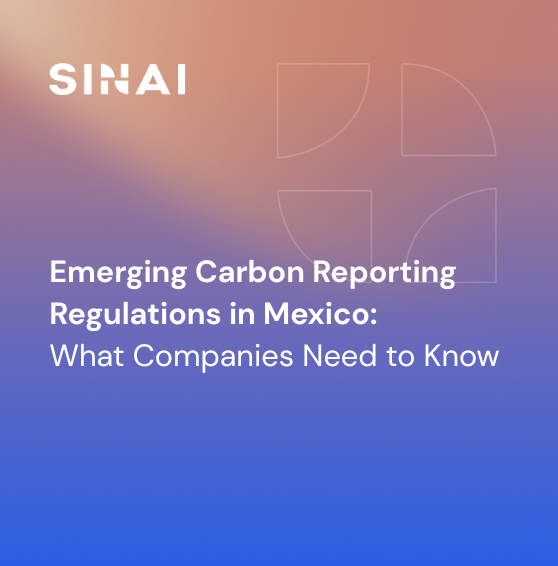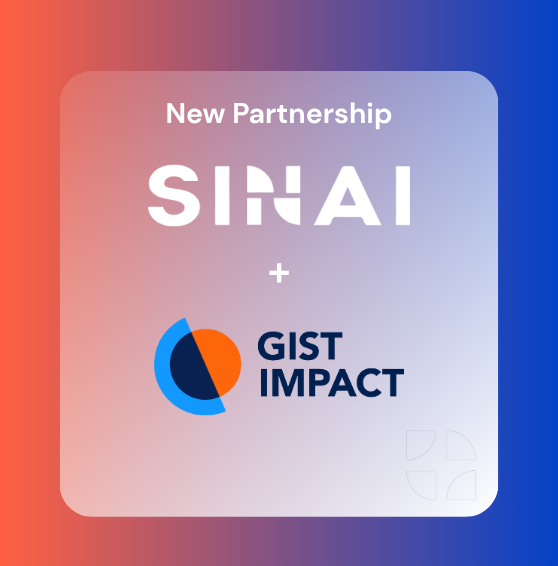
Financed Emissions Calculations 101
Financial institutions across the globe are moving towards the transition to a low-carbon world. And the methodologies, technologies and approaches they’re using to measure the emissions intensity of their investments are being keenly watched across industries. Financed emissions calculation serve as the first step in ensuring that financial institutions include climate risk mitigation into their core operations.
The greenhouse gas emissions generated by underwriting, lending and investments are, on average, 700 times higher than the direct emissions produced by financial organizations. These activities should thus be the primary points of focus for those organizations looking to calculate and reduce their carbon footprints. Today’s level of financed emissions will form the foundation for analyzing progress and allocating resources toward these institutions’ key climate objectives.
What are financed emissions?
Financed emissions are carbon emissions related to financial services and activities including underwriting, investment, lending and more. These emissions are important to take into account, as they finance a significant portion of the world’s GHG emissions. Recent reports show that the US financial sector would be the 5th largest global GHG emitter if it were a country.
Statistics show that just 25% of financial institutions actually measure their financed emissions. This leaves a significant gap in their emissions accounting calculations. It means that the organizations funding global emissions are not accountable, which places the global climate at risk and poses a range of risks to financiers as well. When financed emissions are calculated correctly, however, they give financial organizations a clear understanding of the climate impacts of their products and services.

Based on the GHG Protocol Corporate Standard of 2011, organizations’ emissions can be categorized into three scopes. Scope 1 emissions are the direct emissions of a financial institution from its own sources and those it controls. Scope 2 emissions are generated indirectly from the purchase of energy. Scope 3 emissions include all indirect emissions not covered by scope 2 that are in an organization’s value chain of activities or are classified as assets.
The Global GHG Accounting and Reporting Standard for the Financial Industry specify six key asset classes under the broader scope of financed emissions. These are:
- listed equity and corporate bonds
- business loans and unlisted equity
- project finance
- commercial real estate
- mortgages motor vehicle loans
Impacts of financed emissions on organizations
Financed emissions have a broad range of impacts on financial organizations, especially if they are not being accurately calculated. They also pose a great ecological risk. By the end of this decade, emissions from new infrastructure will make it impossible to limit atmospheric carbon dioxide levels below the 450 parts per million threshold. This would make the climate catastrophe inevitable, as the planet would heat up by an average of 2 degrees Celsius above pre-industrial levels.
Institutions’ corporate social responsibility practices may be jeopardized by improper financed emissions reporting. Banks that fail to reduce their emissions may suffer reputational and financial damage from an increasingly sustainably-minded public. Institutions must be willing take active steps towards preserving the state of global ecosystems for those most vulnerable to the effects of climate change.
How can companies determine the level of action required to achieve their decarbonization targets?
Calculating and reporting financed emissions requires a multi-disciplinary approach. The stronger and more accurate the underlying data, the more reliable financial institutions’ reporting will be, both in terms of comparable outcomes and transparency. This in turn will facilitate more informed decision making.
SINAI offers tools that enable organizations to perform scenario analyses and evaluate mitigation opportunities to create an actionable decarbonization strategies. The platform allows banks to quantify and report on achievable emissions targets, dynamic carbon budgets, and sustainable internal carbon pricing measures. At the same, banks and other institutions can automate GHG inventories using custom emission factors for the finance industry.

SINAI’s low-carbon scenario generation tools helps organizations explore emission reduction opportunities relating to their operations. The platform facilitates the creation of science-based decarbonization strategies that work with your value chain to decarbonize key products and services.
Steps to achieve goals
These are the steps that financial institutions can take to deliver on emissions reductions targets.
1. Use GHG Inventories
SINAI’s GHG inventories will enable your organization to measure its emissions impact. This includes the impact of financed emissions that other institutions may not account for.
2. Report on Emissions
Organizations need to report on the scopes and types of emissions in order to comply with regulations and emissions reduction best practices.
3. Forecast Using Baseline Projections
Baseline projections will quantify how much it will cost your organization and the global climate to maintain business as usual.
4. Abate and Mitigate Financed Emissions
The baseline projections for your organization will allow you to identify opportunities to reduce financed emissions and mitigate key risks.
5. Identify Offsets
Offsets paint a clear picture of whether or not your institution needs to compensate for remaining greenhouse has emissions with offsets.
6. Quantify Emissions Targets
Quantifying emissions targets ensures that your strategies align with both internal and external low carbon commitments.
7. Create Carbon Budgets
SINAI’s carbon budgets quantify how much carbon is left for a financial institution to emit in line with its climate goals.

8. Price Carbon Emissions
Pricing carbon emissions enables your organization to determine the optimal price for these emissions.
9. Analyze and Manage Risks
Use SINAI’s platform to identify which of your assets, business operations and investments are at risk.
10. Identify Investment Opportunities
Use risk management strategies to identify positive opportunities that will make viable long term investments.
11. Engage Stakeholders
Use SINAI to create strategies to engage the right stakeholders to execute a sustainable decarbonization plan.
12. Collect Primary Data
Discover how to collect accurate and relevant data to support your organization’s progress towards its net zero goals.
Get in contact with SINAI to learn more about how you can implement capital-efficient emission reduction strategies using our solutions.











